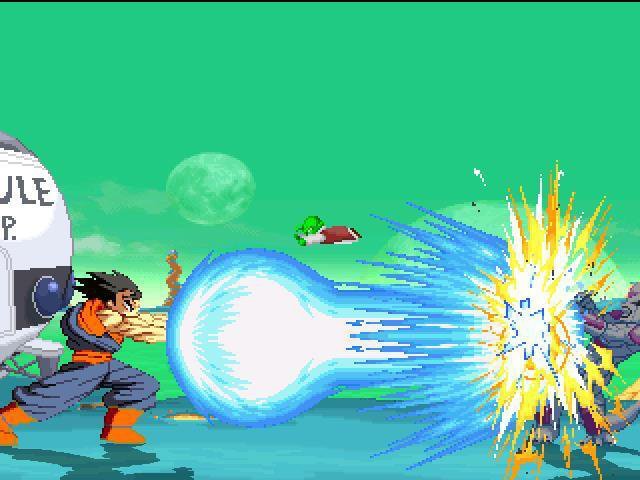

As the years went on, the rumors proved themselves to be just that. Plenty of fans never felt the need to question the information coming their way, with many just excited to see the series continue on. The Super Saiyan 5 inspired AF rumors came at the height of Dragon Ball’s popularity overseas. Their incredibly impressive Toriyama-style makes their works seem authentic, offering fans some hope as to the fabled series’ legitimacy. The success of Toyble’s AF, alongside another series by Young Jiji is part of what kept the AF rumor alive.

While it’s never been directly confirmed, many assume that Toriyama’s handpicked successor and Dragon Ball Super mangaka Toyotarou was the artist behind the series. An actual AF fan manga eventually came to be, written and illustrated by Toyble. Though the AF mentioned alongside Franco’s fan art was nothing substantial, the buzz if formed inspired other fan works, most notably Dragon Ball New Age and Dragon Ball Multiverse. This was once again unfounded, as the real Studio Tomita was nothing more than a fan or fan group that put out incredibly authentic-looking fan art.

The images were attributed to Studio Tomita, which many thought would be handling the new series, and in turn, succeed Toei Animation. Many speculated that the series, After Future or Alternative Future, would be its own anime series, setting forums ablaze with what turned out to be nothing more than speculation, rumors, and hearsay.įake episode guides and lists sprung up alongside what looked to be official promo art featuring characters like Gohan and Vegeta, giving more credibility to the hoax. The AF moniker included alongside the original Super Saiyan 5 image also took on a life of its own, as many fans assumed that the image was a teaser for a new series that would succeed GT. RELATED: Dragon Ball: Where Was Android 17 During the Buu Saga? Franco’s art looks about as authentic as any official piece of concept art one would expect from Toriyama or Toei, and the design builds off the characteristics of Super Saiyan 4 in a believable way. It’s easy to see why fans were fooled by the image. The goal for Franco was to expand upon Dragon Ball’slore, adding to what had been established in the original series alongside GT. Franco penned the image in 1998, when he was 17, and revealed in an interview with Polygon that the character in question wasn’t Goku, but was in fact an original character named Tablos. The artwork often cited as proof of Super Saiyan 5’s existence is nothing more than fan art by David Montiel Franco. The Madrid-based publication was founded in 1991, and maintains a sizable readership. The source of the image was unknown for years, but was eventually tracked down to a Spanish video game magazine called “Hobby Consolas”. Images of what seemed to be Goku as what was being called Super Saiyan 5 first began to spread around the internet in the late 90s.


 0 kommentar(er)
0 kommentar(er)
